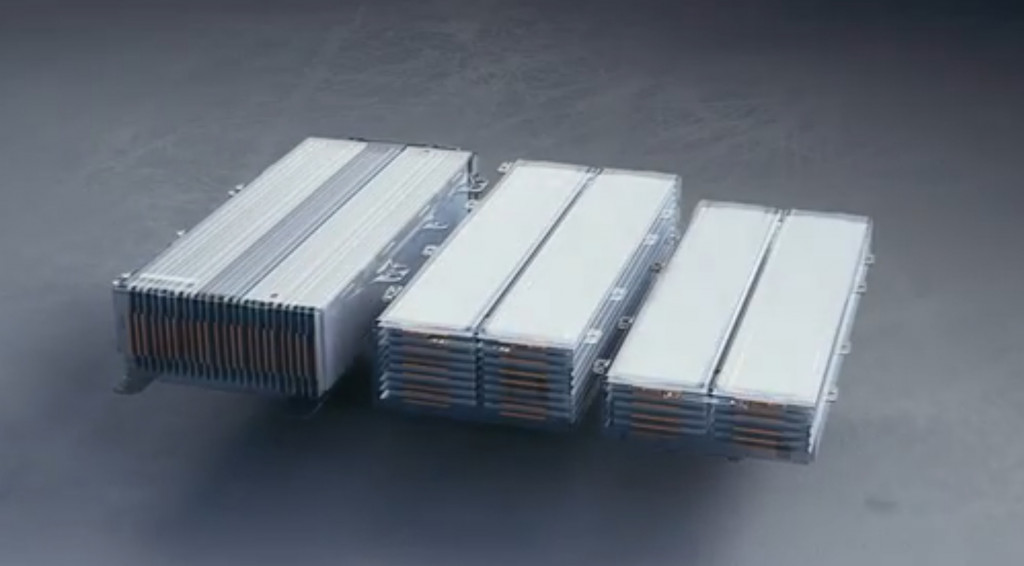General Motors on Thursday announced a partnership with startup OneD Battery Sciences, regarding the potential development of a more efficient chemistry for EV battery cells.
OneD is developing s silicon anode cell chemistry that could increase battery energy density, enabling more range at lower cost, GM said in a press release. The automaker, along with Volta Energy Technologies, also participated in OneD's Series C funding round, which recently closed at $25 million.

GM Ultium battery - cell stacking
The technology GM is interested in involves adding more silicon to battery anodes by fusing nanowires of the material with graphite. Silicon can store 10 times more energy than graphite, opening the door to potential increases in energy density, according to GM.
This is one of the technologies to be explored in the battery innovation center GM announced last year. If it proves commercially viable, it could be incorporated into future versions of GM's Ultium battery cells.
So far, GM has confirmed three joint-venture battery plants in Michigan, Ohio, and Tennessee under its Ultium Cells LLC program with battery maker LG Chem. Ultium Cells LLC is also reportedly in line to get a federal Advanced Technology Vehicle Manufacturing (ATVM) loan—although nothing has been announced yet.

Rendering of planned General Motors Ultium Cells Lansing battery plant
GM has also been banking on lithium-metal cells as a way to carry its current large pouch cell format ahead to a second generation Ultium cell, for up to 600-mile vehicles in the future.
GM isn't the only one looking to silicon-anode tech. A number of automakers are considering the cells: StoreDot is developing cells capable of 100-mile charging in five minutes, and Mercedes-Benz has locked in cells from Sila for its upcoming EQG, an electric version of the G-Class off-roader.












